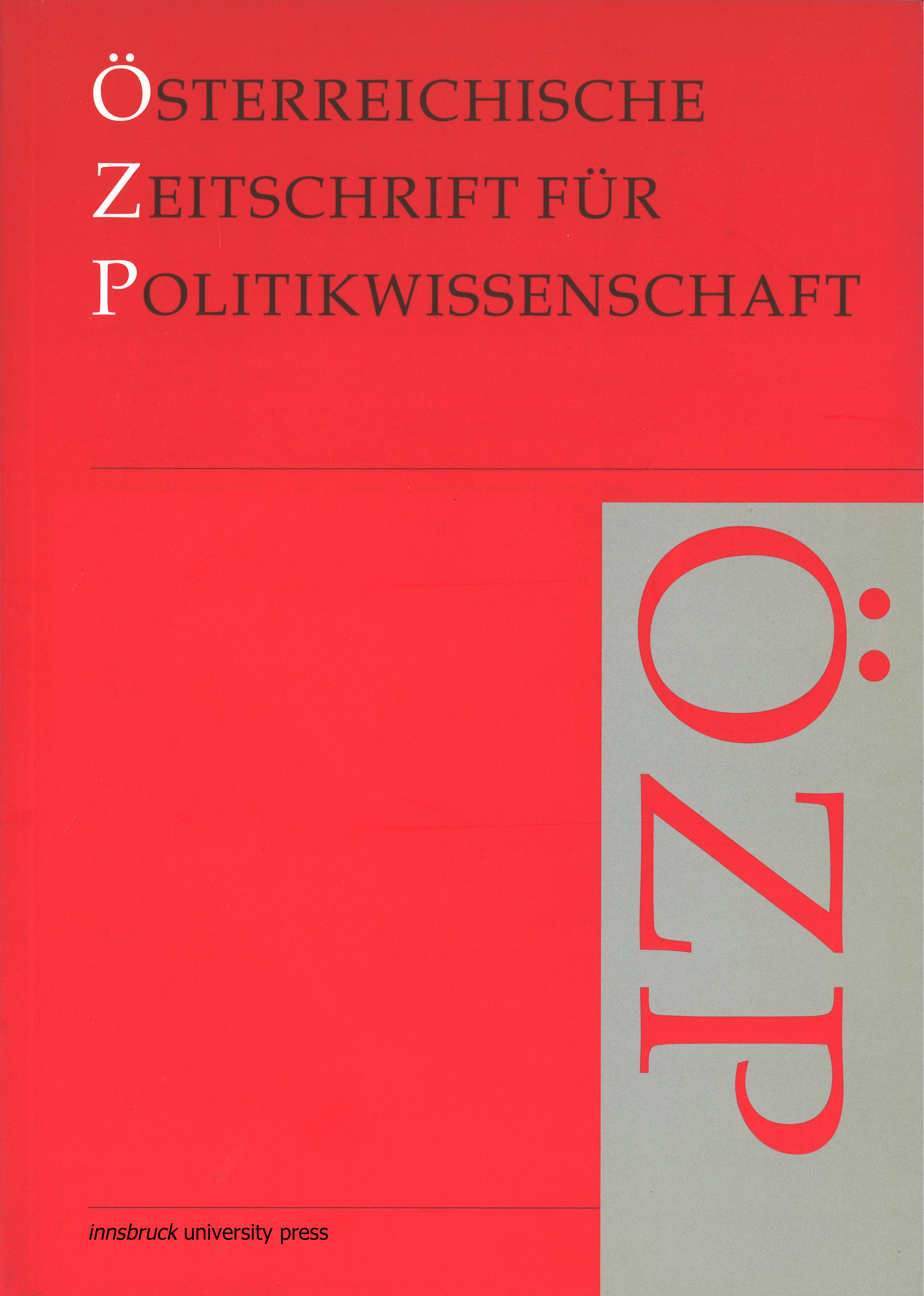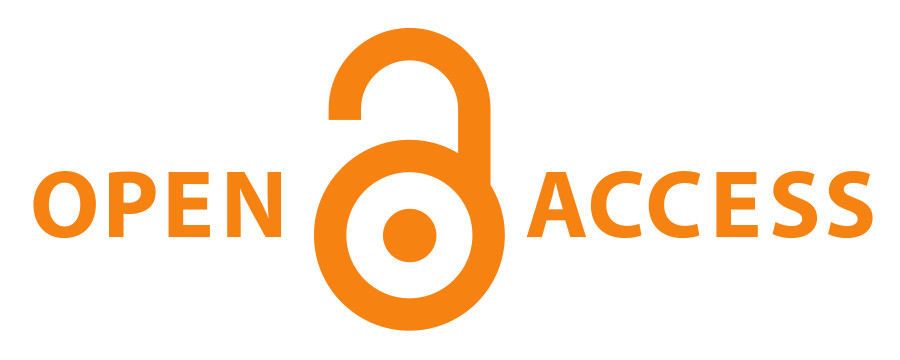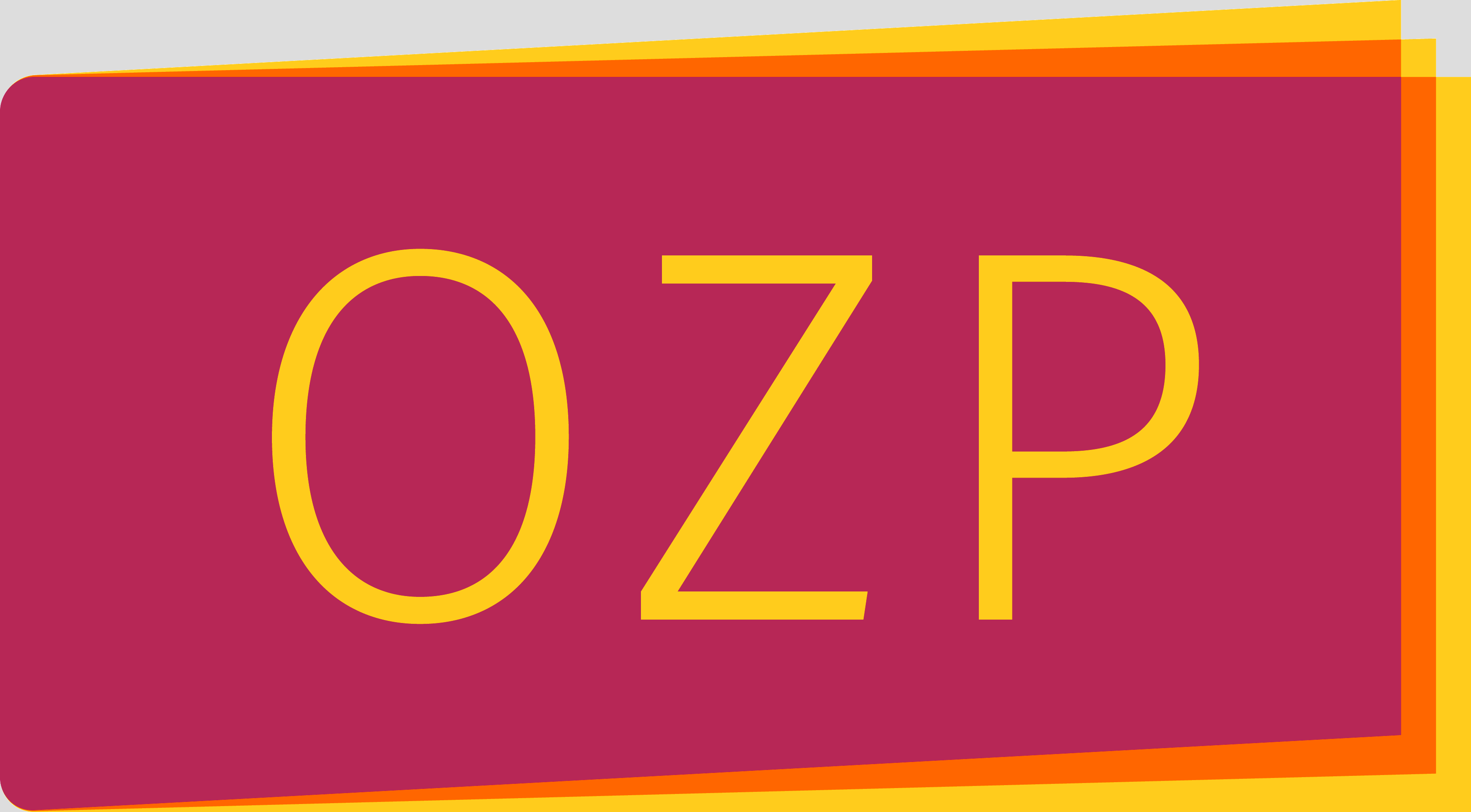Die personelle Verflechtung zwischen Sozialpartnern und Bundesregierung in Österreich, 1945–2015
DOI:
https://doi.org/10.15203/ozp.1280.vol45iss3Abstract
Die personelle Verflechtung zwischen Parteien und sozialpartnerschaftlichen Organisationen ist einer der zentralen Gründe für die Stabilität des korporatistischen Institutionengefüges der Zweiten Republik. Dieser Beitrag liefert die bis dato umfangreichste und systematischste Analyse der personellen Verflechtungen zwischen der Bundesregierung und sozialpartnerschaftlichen Organisationen (Kammern und Gewerkschaften). Basierend auf biografischen Angaben zu allen 242 MinisterInnen und StaatssekretärInnen zwischen 1945 und 2015 zeigt sich, dass Sozialpartner-FunktionärInnen vor allem unter großen Koalitionen und Einparteienregierungen in Regierungsämter ernannt werden, und dass sie mit hoher Wahrscheinlichkeit in sozial- und wirtschaftspolitischen Ressorts tätig sind. Zwar schwankt der Verflechtungsgrad im Zeitverlauf, jedoch ist auch in jüngeren Jahrzehnten kein abnehmender Trend zu verzeichnen.Downloads
Veröffentlicht
Ausgabe
Rubrik
Lizenz
The OZP is the authorized publication of the Österreichische Gesellschaft für Politikwissenschaft (ÖGPW, Austrian Political Science Association)
The author of an article (in case of multiple authors: the corresponding author, responsible for releasing this material on behalf of any and all co-authors) accepted to be published in the OZP hereby acknowledges the following Copyright Notice:
- The author retains the copyright to the article.
- It is the responsibility of the author, not of the OZP, to obtain permission to use any previously published and/or copyrighted material.
- Publication of a submitted text is dependent on positive results from the peer reviewing. In such a case, the OZP editors have the right to publish the text.
- In case of publication, the article will be assigned a DOI (digital object identifier) number.
- The author agrees to abide by an open access Creative Commons Attribution (CC BY-SA) license. The license permits any user to download, print out, extract, reuse, archive, and distribute the article under the same license, as long as appropriate credit is given to the author and source.
- The license ensures that the author’s article will be available as widely as possible and that the article can be included in any scientific archive. In order to facilitate distribution, the author agrees that the article, once published, will be submitted to various abstracting, indexing and archiving services as selected by the OZP.
- In addition, the author is encouraged to self-archive the article, once published, with reference to the place of the first publication.
- After the contribution appears in the OZP, it is still possible to publish it elsewhere with reference to the place of the first publication.
- The finished article, if published, will include a correspondence address (both postal and email) of the author.
- If written under the auspices of a grant from one or more funding agencies, such as FWF (Austrian Science Fund), ERC (European Research Council), and Horizon 2020 (EU Framework Programme), an article accepted for publication has to be deposited in an Open Access archive. The OZP’s archiving policy is compliant with these provisions. (In case the article derives on funding from a different source, the author is responsible to check compliance of provisions.)




